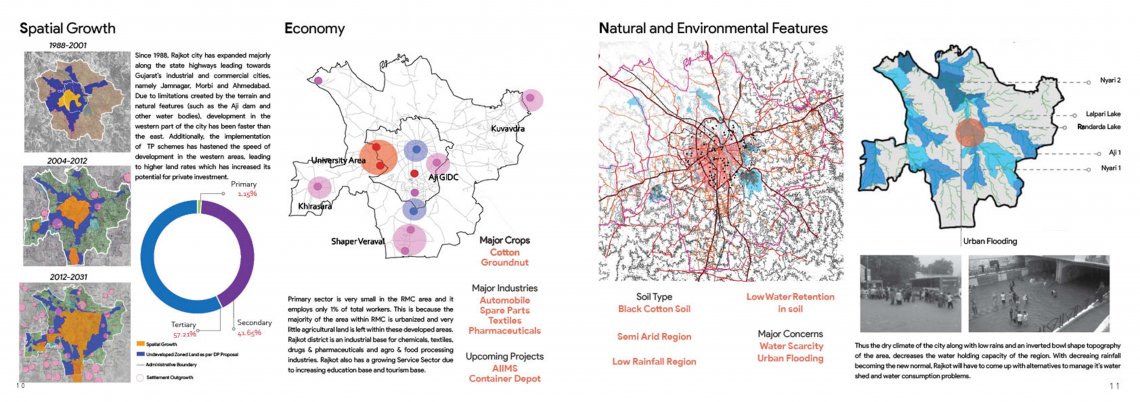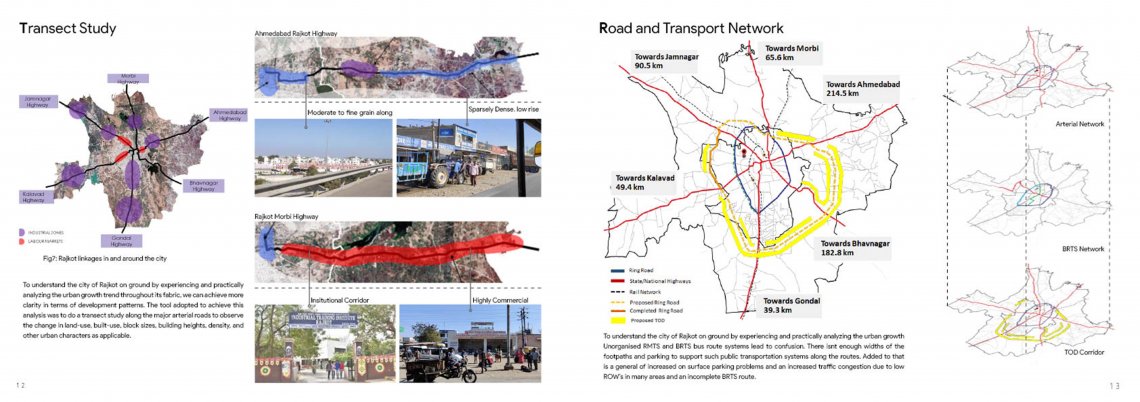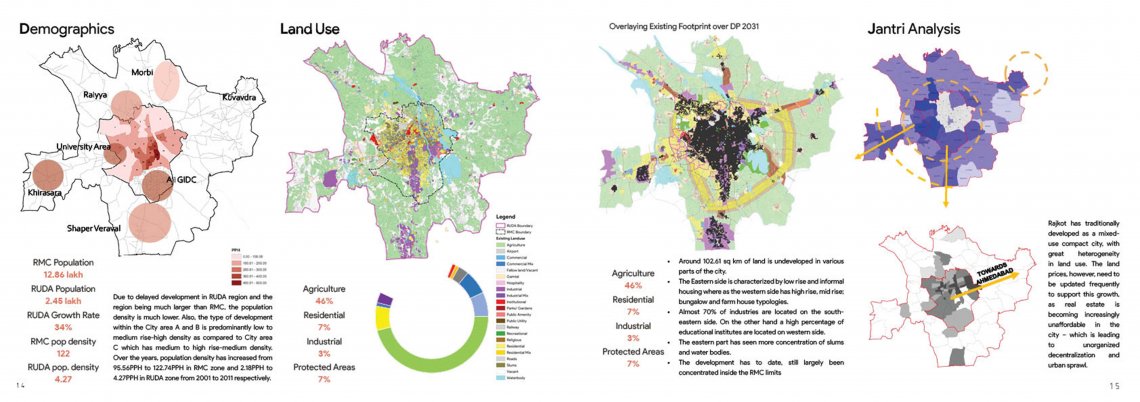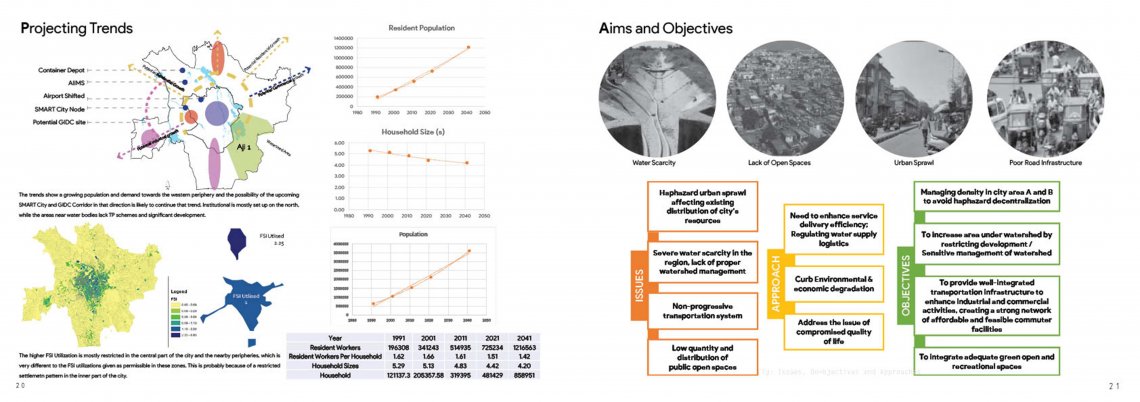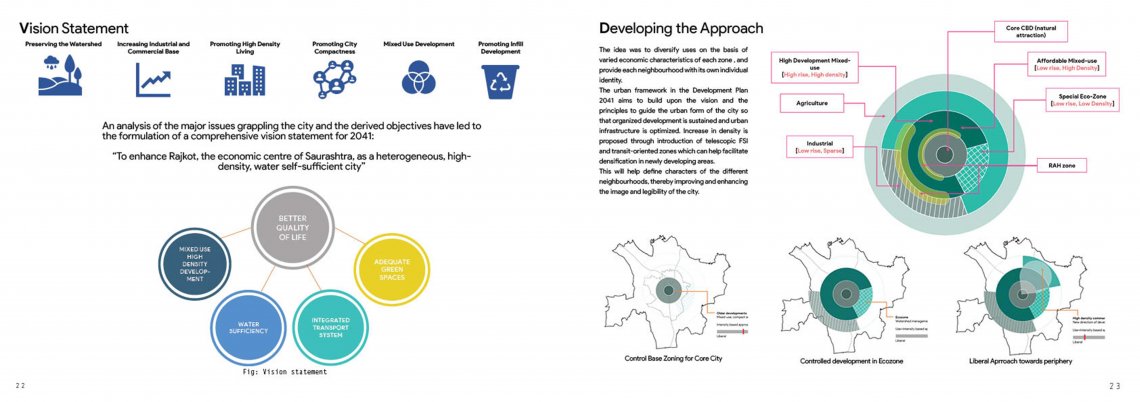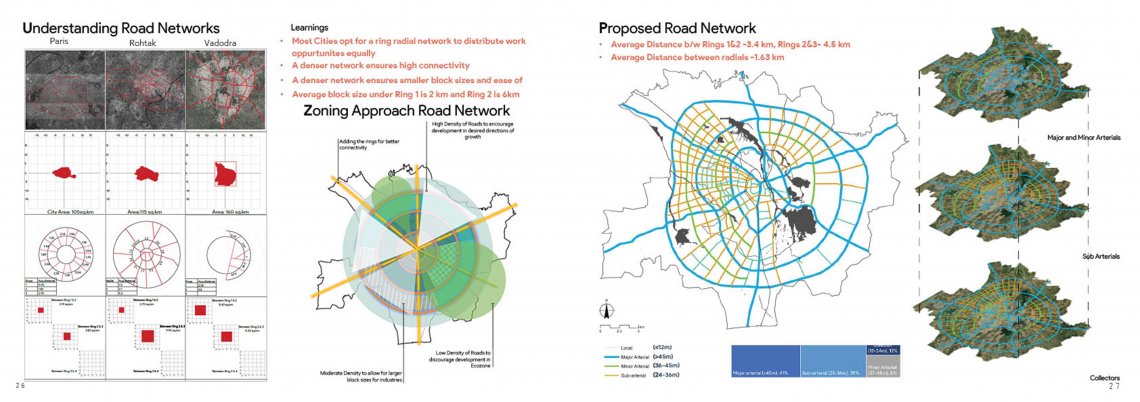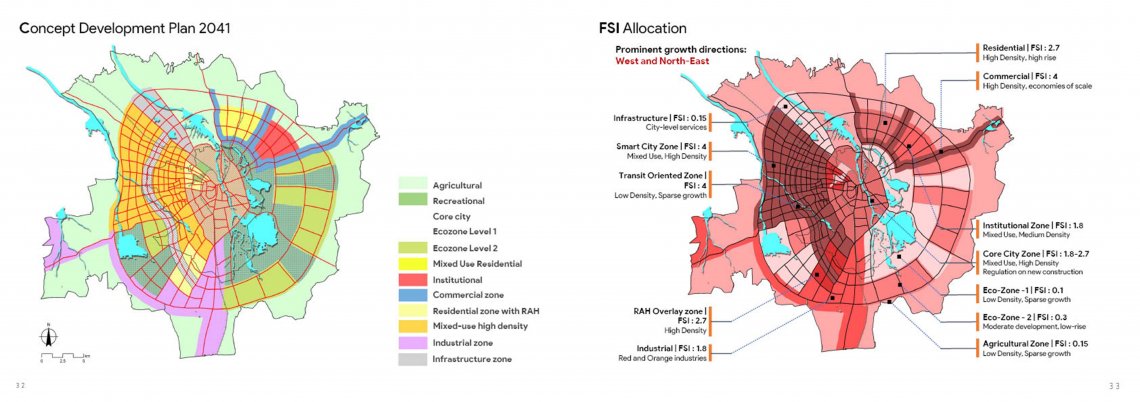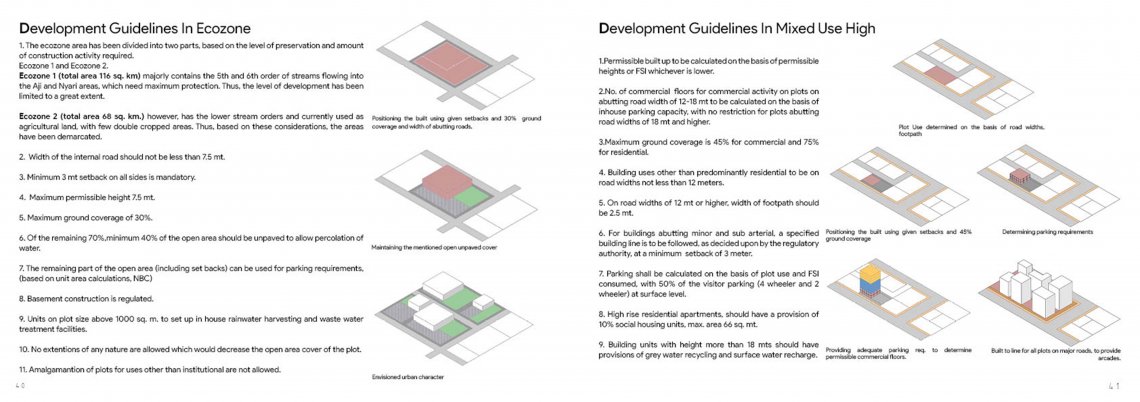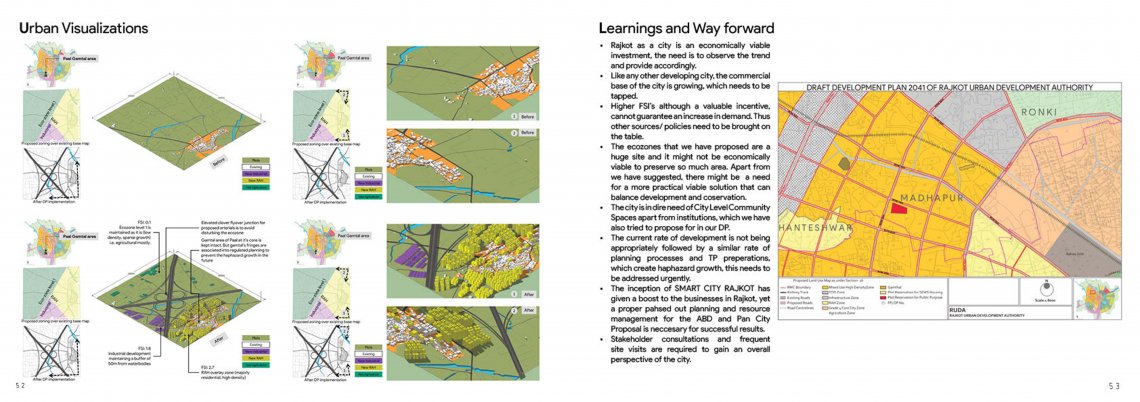Your browser is out-of-date!
For a richer surfing experience on our website, please update your browser. Update my browser now!
For a richer surfing experience on our website, please update your browser. Update my browser now!
Rajkot has emerged as Saurashtra’s stronghold with respect to employment, education and economy. Additionally, the socio-cultural, commercial and historical significance of the city makes it a magnet for people from different backgrounds and income groups. However, the city’s growth has not complemented the influx of people – both in terms of volume and affordability of space. In order to manage land effectively, the 2011 development plan had declared the concept of a ‘compact urban form’ intended at densifying development as well as provide opportunities to create infrastructure for all. However, it was observed that the land use allocation did not support this vision and thus, the problem of unmanaged urban sprawl arose. In order to make Rajkot a more liveable city, it is important to improve the quality of life and thus, the role of the planner becomes more pronounced in this scenario. Following are the major considerations that were borne in mind while developing the conceptual DP for the year 2041
